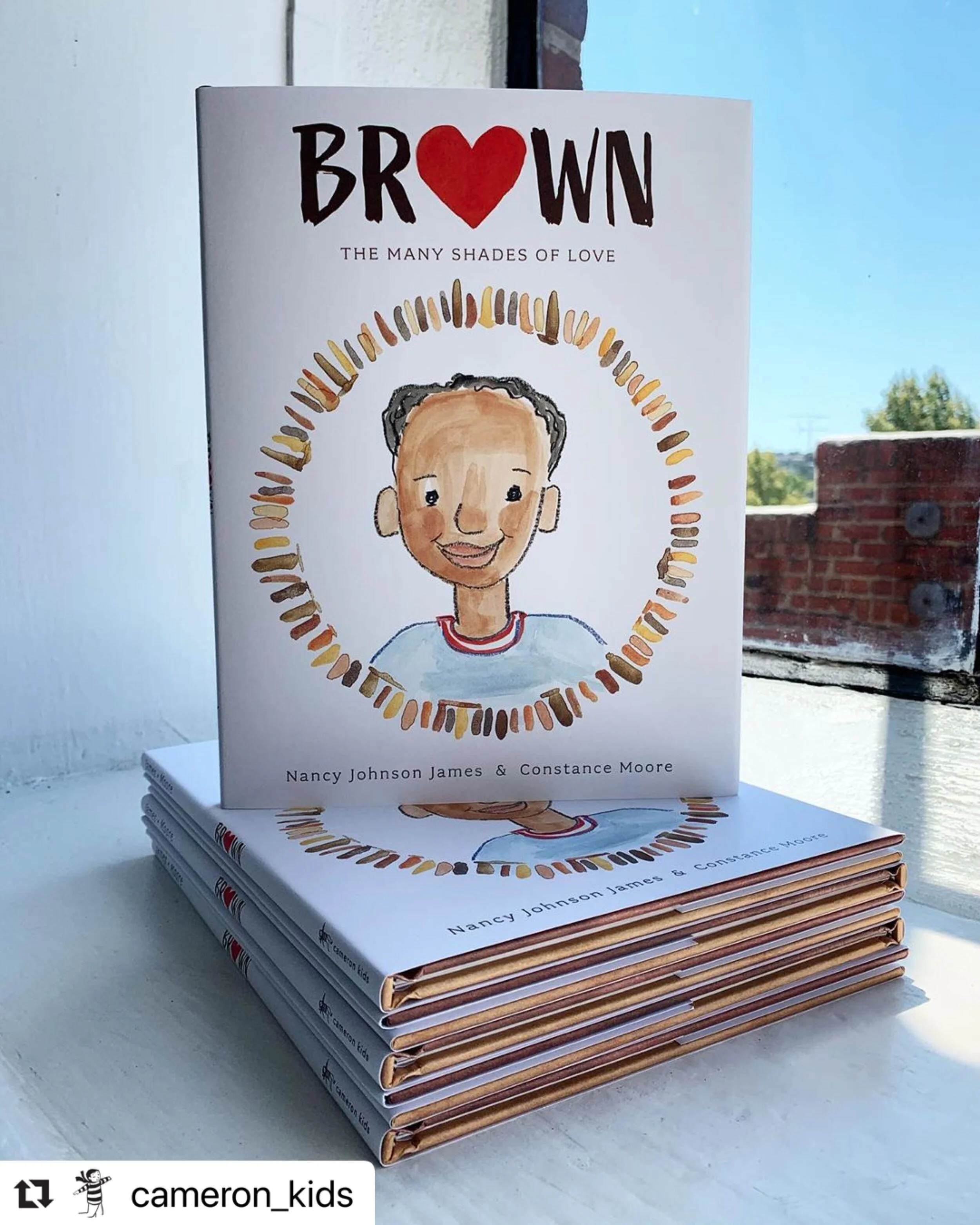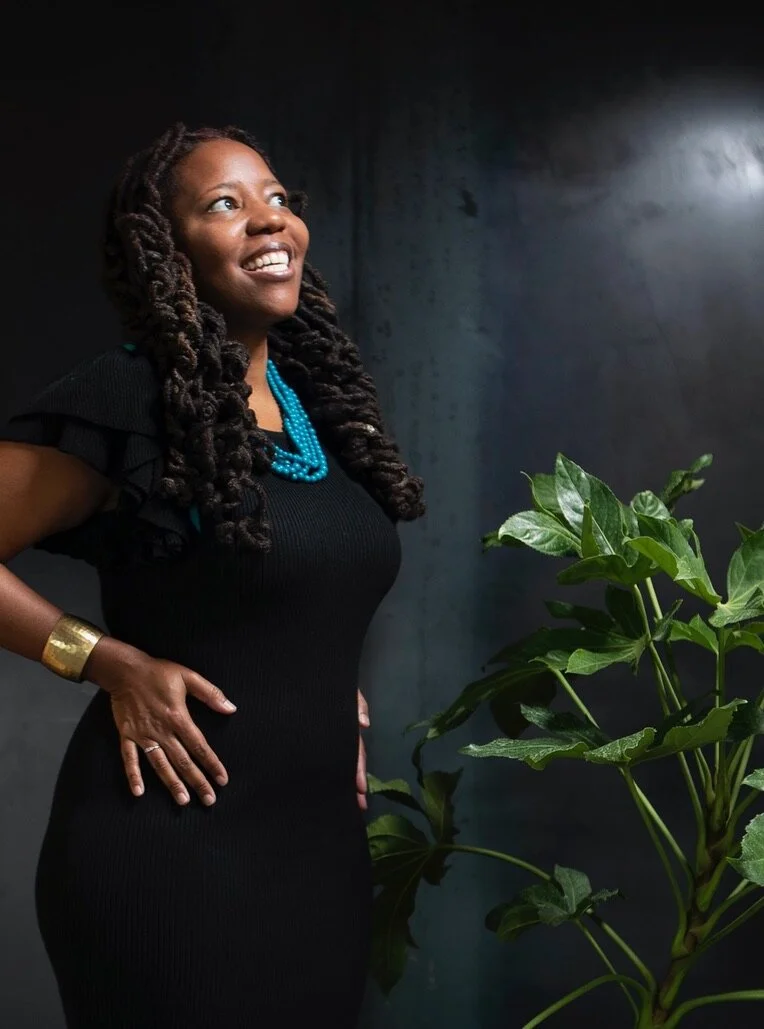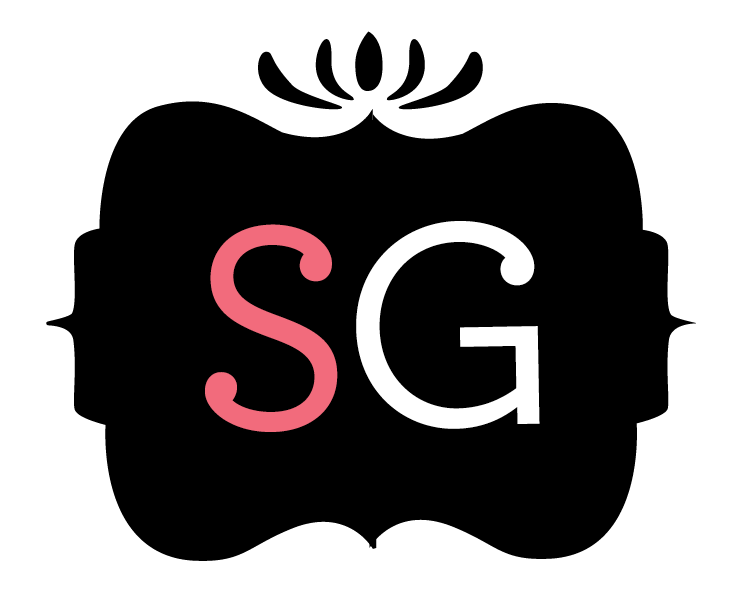Sinister Wisdom has published the early work of such feminist giants as Gloria Anzaldúa, Elana Dykewomon, Del Martin, Cherrie Moraga, Minnie Bruce Pratt, and Adrienne Rich, so my first publication in this literary journal swells my heart with pride. Sinister Wisdom is a print journal, and you can purchase copies of back issues here, including this one. My essay, “Not That Kind of Teacher” appears in full below. You can also listen to me reading the essay here.
***
Not That Kind of Teacher: Inspiration and Instruction at the Crossroads of Writing and Sex
“Sister, when you get, give. When you learn, teach.”
― Maya Angelou
“What are you ashamed of?” the brilliant essayist asks. We are all hopping in our seats to share our regrets, our secrets. Two-hundred writers overflow the lecture hall. We’ve dragged chairs in from an adjacent room, crammed ourselves into windowsills, and lined up leaning against the cabinets along the back wall. She moves on to great first lines and titles. Stunning ideas burst forth: pithy headlines and bold openings. She shows us some of hers. Inspiring! We are excited and engaged, snapping pictures of her slides. We’re here to learn from a teacher who’s written a bunch of essays we all love, a writer we all admire. She has published essays in all the magazines and journals we want to publish our essays. She is famous and talented, funny, clever, and bright.
I teach writing too. I’m compelled to teach though I struggle to master the skills. It may be true, what they say about teachers, that those who can, do, and those who can’t, teach. I know which one I am, but the mean-spirited cliché doesn’t hurt my feelings. On the contrary, I’ve come to believe in the value of a struggle to do the thing that I teach.
Ask anybody in my family, and they’ll tell you that my Nana Rose, our olive-skinned, gray-haired, not five-feet-tall Sicilian great-grandmother who immigrated to the US as a teenager, was the best cook in the world. She made pasta and bread from scratch and spent all her time in the kitchen.
As a child, I assisted my aging Nana, holding up long sheets of pasta to crank through the machine or stirring a sauce pot. I remember windows steaming up from the gently gurgling sauce, on a burner since sunrise, and how everything smelled of onions and sausage. I remember flour and tomato smeared all over my front, my hands, my arms. Cooking with Nana was a sensual experience, an inspiration I still carry with me in the kitchen.
My mother was a lousy cook but another sort of teacher: first grade. She wanted the family recipes down on paper. She had an index card and a pencil, and she intended to use them. She required details, instructions. “Wait, how much sausage do you put in the pannuzzi?” Mom would ask, scribbling over our shoulders while we rolled handfuls of dough around spoons full of meat.
“Put how much-a you like,” Nana yelled at her, almost knocking the pencil from her hands with her wooden spoon.
How much-a you like could not be more specific, yet it’s also subjective, not measurable, unknowable. Nana didn’t cook in a way you could write down. She cooked by taste and feel. Cooking with her thrilled me, having learned to cook from her feels magical. One day it mystified me, and years later, my hands just knew the texture of risen bread, my teeth, the bite of perfect, al denté pasta. I don’t remember Nana explaining these things. She wasn’t that kind of teacher.
The celebrated essayist opens it up for questions, and I shake myself out of my hot-ideas brainstorm frenzy long enough to connect to my own essay writing challenges. Do I have a question?
Yes! I do have a question! Structure! It drives me crazy in my essays. How do I tell a personal story and weave it in with some enlightenment? Is it weaving or braiding or twisting? Do you write down each story and then sketch out your big idea separately? Then arrange them? Or do you write the whole essay from beginning to end? When my own writing students ask questions like this, I drag out my plot structure charts, or we dissect and study the structures of another story or essay they love.
“Can you talk about structure?” I ask, notepad and pen poised. I can’t wait to see her structure slide!
I became a teacher before I started teaching writing, back when I was a sex worker, escorting and dancing nude. I picked up an unusual gig teaching medical students how to give pelvic exams, a unique job for activists and sex workers, perfect for me. I brought skills like sexual boldness, fierce stage presence, confident physical boundaries, and emotional generosity.
Those show-off skills landed the job, but to keep it, I had to become a different kind of teacher, one that instructs. I spent the next fifteen years showing three students at a time my genitals and guiding them through exam steps and speculum wielding.
This gig eventually took over all my sex-work time and turned me into a full-time teacher. Sensitive exam instruction is intimate and detailed. It is not easy to identify an ovary on the first try. It can be scary to open a speculum inside a vagina. You have to really use your imagination to palpate the uterus with two hands. And also, the teacher is wearing no pants.
This kind of teaching corrects gently, closely, with exactness. It requires something more than showing oneself as example, nudging a talent, encouraging instincts, or telling students to feel their way. Step-by-step instructions never read, “put how-much-a-you like.”
“Promise to be your most fumbly, spongey, student self,” I told my students. “I will tell you what to do. This is not about achievement; it’s about practice.” Teaching sex causes giggling, squirming, and discomfort, but in the safe confines of step-by-step instruction, students cope with the struggle to learn by asking questions.
“Do piercings hurt?”
“Is this a normal amount of hair?”
“Can I look at the cervix again?”
Teaching by example is popular. Learners want to admire our teachers, believe they are better than we are at this thing they are teaching us. We want to learn to write a novel from a bestselling novelist, to learn to swim from an Olympic champion, but setting an inspiring example is not the only way to teach. As students, we might think we want encouragement more than correction. Admirable, enviable teachers pack classrooms, put butts in seats.
Inspired by my medical students, I developed a female pleasure anatomy class for men at my local feminist sex toy store. The name of the class, Girl-Girl Tricks for Men, implied girl-on-girl action with a side of education, but my curriculum offered steps and tips. I did not entertain by showing off secrets from the lesbian bed. Instead, my workshop featured an anatomically correct vulva puppet and several diagrams. I offered maps, exercises. We talked about how to identify and gently approach the clitoris, labia, urethral opening, and peri-urethral gland. We discussed things like variation in touch, consent, and the tactile limitations of a penis compared to a hand. I did not tell these students to feel their way. I did not tell them to put how much-a you like.
I used to think that sex work and then sex ed attracted me because I was good at sex, but I think instead that I came to sex education, sex work, and before that, even my lesbian identity, because mashing genitals and groping in the dark were not getting me the sexual satisfaction I needed.
Feeling broken drove me to pick up the pieces. Struggling, I started asking questions. And that humbled me, made me examine the assumptions, the defaults, and the heternormative paradigm itself. It made me examine my own underbelly. My patience increased for others while they explored theirs. Examining the broken pieces made it possible to teach others about sex.
I must remember this when I feel like an impostor among my more well-established writing-teacher colleagues. The teacher cliché creates a double bind for us, especially a teacher like me, who backed into teaching writing before launching my writing career. I don’t feel I have permission to teach this because I have no experience or success at it, and I’m teaching it because I’m not yet successful enough to earn my living doing it. This double bind is my answer to the essayist’s brilliant, challenging question: What am I ashamed of? I am ashamed—sometimes—of being a writing teacher without having achieved the identity of writer.
The workshop leader responds to my structure inquiry with a blank look. I've asked a stupid question. “It's just, ‘This happened,’ and then, ‘this happened,’ and then, ‘this happened,’” she tells me, as if it's obvious.
She is my Nana, but she has a laser pointer instead of a wooden spoon. She doesn’t know how she does it. She just does it in an order that feels right to her. There’s something about mechanics, the structure of a gorgeous, complex, prize-winning essay that just makes sense to her, that she just gets. This and then this. How much-a you like.
I drop my pen, lest she knock it from my hand with her laser-pointer. I don’t get it, I think to myself, baffled by her answer. I will go home from this workshop and outline one of her essays, maybe two, try to figure out what she means.
“I don’t get how you can cook like that,” Mom would say, baffled by Nana’s sure and swift hands.
Maybe the natural talents just get it. They feel their way. Put how much you like. It’s just this and this and this. That’s why I like Maya Angelou’s revision: “When you learn, teach. When you get, give.” She attributes the idea to her grandmother, and it commands both kinds of teachers.
The getters should give. The learners should teach. To do is to give, to lead by example. If you get it—whether you naturally understand it or legitimately inherited the talent—do it. Give us your beautiful example. Show us, so we can watch. Inspire us. Make it look easy, even. The other teachers—the ones who must learn it through struggle—will work with labor, repetition, patience, instruction. Put this finger here. Hold the speculum like this.
I leave the workshop uninspired, not needing any more ideas for essays. I have a one-hundred-page document full of snappy opening lines already on my laptop. I need instruction. My essays and stories do not fall out of me in an easy, “this happened,” then, “this happened,” manner. I need to grapple with how to uncover the richest veins of content, how to balance personal stories with research, when to expand, and where to contract.
But maybe I’m looking for another kind of inspiration. I want to write essays like her, sure. But I want to fill a classroom like she does too, or maybe I just want the permission she has to teach, the validation of my credentials to instruct in spite of my struggle to learn and achieve.
Last year, a dear friend and writing buddy of mine died. Dave had come to me to be his writing teacher a few years prior, but like all my favorite clients, he had become my teacher as well. When I attended his memorial, everyone who spoke about him mentioned this characteristic, his ability to quickly ascend from acolyte to teacher in their relationships—as a Buddhist, as a friend, as a lover—just as he had with me as a writer and editor.
When I visited him at home a few days before he died, he was so happy. He told me he’d always wanted to host a series of visits like ours with people from all the circles of his life. He told me he couldn't wait for me to see the memorial he was planning for himself. “Do you want to see my shroud?” he asked me with all the gusto of a bride-to-be offering a peek at her wedding dress.
Everyone who attended his memorial had these laughable stories about things he’d said to them in his final days too. Our laughter gave way to sincere expressions that we all wanted to die just the way Dave did it. He, as we all do, must have entered his death phase an acolyte, but he left the earth as our teacher. “Here you go, my friends. Here's how to do death.”
And that's what it is to be a teacher, I think. Nobody goes into death with experience or knowing how to do it. Enter as a humble student. Be courageous enough to lead by example. Share your best learning with generosity, specificity, and sincere curiosity. Coordinate visits with friends in your last days. Choose a shroud you really love.
###










